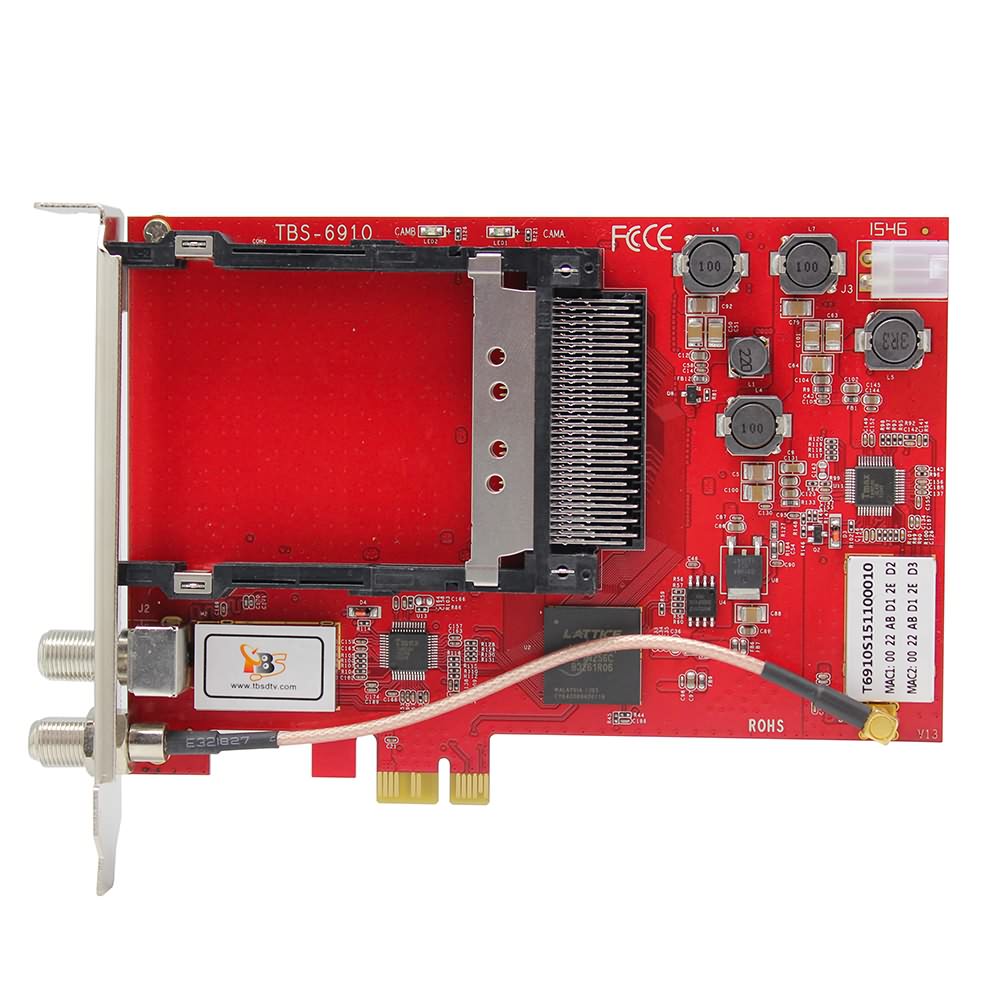

The centre conductor and the two side-plates can be seen here The 805A’s construction is unusual “slab-line” consisting of a centre conductor between two parallel plates. Most slotted lines were constructed as a tubular co-axial line with a narrow slot lengthwise along the outer tube, hence the name. Although the large sections are cast & machined aluminium it still weighs a hefty 18 lbs. Since waveguide is not common at those frequencies the 805A has N connectors, male at one end and female at the other.Ī slotted line section should be a minimum of about half-a-wavelength long so, to reach the low limit, the instrument has a slotted section 450 mm long and is about 26” long overall.
#Slotted lin etuner manual
The HP805A (later 805C) was perhaps the lowest frequency slotted line made in commercial production its rated range is 500mc to 4000mc (as the manual expresses it). HP and others made a wide range of slotted lines others were made in labs and workshops as one-off projects. The following description came from Kerry, thanks! Good stuff (I didn't think so as a student, but I do now). Convert the length to wavelengths and rotate the appropriate way around the smith chart. After you measure the VSWR and draw the VSWR circle on the smith chart, you can mechanically measure the distance from the unit under test to the probe (parked at a peak or null) Then replace the load with a short or open and measure how far you have to move the probe to the new peak or null. You can measure impedance of the load with the slotted line.
#Slotted lin etuner how to
Or just borrow a copy from an old dude out in your lab! How to measure characteristic impedance Adam of Hewlett Packard, you can probably find a used copy somewhere. If anyone has further interest in the topic of microwave measurements as they were done in the 1960s, we recommend this book : "MICROWAVE THEORY AND APPLICATIONS" by Stephen F. Just divide that into the speed of light (30,000,000,000 cm/s) and you will get an answer of 4.8 GHz. You should always measure between the nulls, not the peaks, because they are much sharper and easier to discriminate in distance (in spite of the above graph where they look the same!) From the plot, if the X-axis is in centimeters, we could estimate a wavelength of 6.25 cm (four wavelengths in 25 centimeters).

The distance between nulls is a half wavelength. What else can you tell from this measurement? You can measure the frequency of the source (if it was unknown), if you know the dielectric constant of the slotted line (1 if it is air dielectric). In this case, the peak voltages are about 1.3 volts and the nulls are about 0.7 volts. Suppose you recorded the detected voltage along a 25 centimeter slotted line. Let's look at a slotted line measurement. Here's some slotted line equipment that we found recently on Ebay (none of which sold!) Using a slotted line, you could also measure an unknown frequency by measuring the distance between the voltage peaks and noting that the distance is 1/2 wavelength. The ratio of the peak voltage to the valley voltage was the most directly calculated piece of data you can get with a slotted line. For circuits that were extremely mismatched (or open or short circuited), the peaks and valleys are the most noticeable. The probe has a detector that converts RF energy to DC voltage, so you can measure peaks and valleys using an voltmeter. Basically it is a coax line with a slot down one side where a probe can be moved longitudinally to measure varying electric field strength. You might turn up such an instrument if you work in a lab that is more than 25 years old. Not that long ago, in a time before network analyzers, engineers of yore used something called a slotted line to measure voltage standing wave ratio. Thanks to Chuck we now know how to measure load impedance using the slotted line. New for September 2013: Kerry explains the HP805A slotted line!

You can see how the wavelength of the signal is measured, but unfortunately the standing wave ratio is not actually calculated. New for April 2014: Here's a video on slotted line measurements using an HP 415E SWR meter, featuring Erin at UC Berkeley. It will help you understand why microwave engineers use voltage standing wave ratio (VSWR) as a requirement, even though a "more modern" way to measure impedance mismatches is to measure S-parameters using a network analyzer. this discussion of slotted line measurements is here mostly for historic value. Click here for a discussion of maximum power transferĬlick here to go to our main page on microwave history


 0 kommentar(er)
0 kommentar(er)
